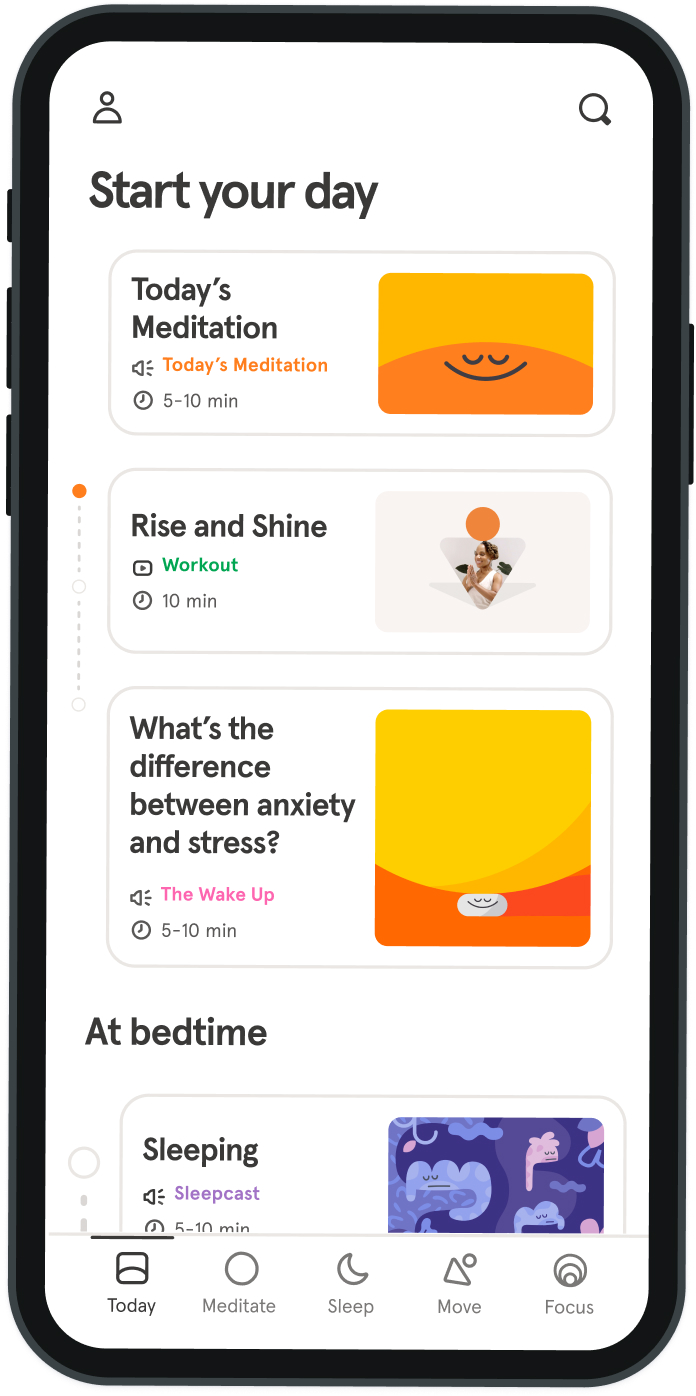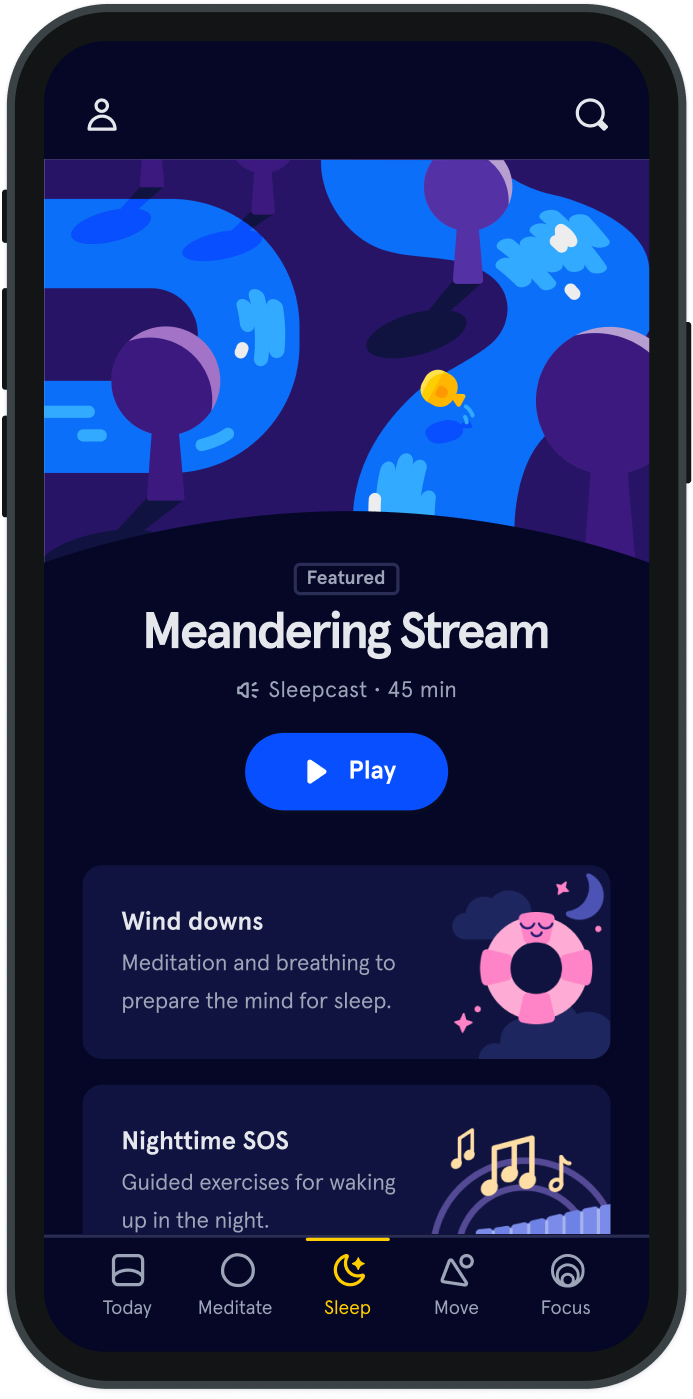When to go to bed (and when not to)
My relationship to bed is a fraught one. As a kid, I’d wail at my mom’s 8 p.m. declaration of that most terrible “bedtime,” and she’d prod a sobbing me upstairs. I’d lie awake sniffling over life moving on without me, convinced there was a decadent cocktail party downstairs, with clinking champagne flutes and fancy women tossing their heads back in laughter while wearing beaded flapper dresses. In reality, I think my parents only watched the news and then David Letterman.
From seventh grade through high school, a kind of insomnia overcame my nighttime. I couldn’t fall asleep, though I very much wanted to, my brain churning through the day’s worries. Did I do as poorly on that chemistry quiz as I’d thought? Did I have it in me to become a journalist? Had I offended Elizabeth with my comment in the car? Would the senior boy marry me in the end? I tried warm milk, counting sheep, meditating, listening to music, reading, writing and yoga. None of it worked, and some nights I only slept an hour before the 5:45 a.m. alarm for school. Without a good night’s sleep–and adults need seven to eight hours to call it that–we get lazy, have low energy and lose the motivation to exercise. We then get depressed about our health, eat more and gain weight, or at least that’s what Ed Giannotti says. Giannotti is the COO of SOVA, the management arm for Saint Thomas Health’s sleep disorder centers. He doesn’t think all is lost though; Giannotti instructs we can make our bedtime routine more amenable to quality sleep just through regularity. “One, go to bed and get up the same time every day,” he says. “Don’t drink alcohol in excess, and don’t drink it less than two to three hours before going to bed. Don’t exercise within that same timeframe. If you’re going to bed at 10 p.m., don’t exercise after 7 p.m. or eat your meal late.” Giannotti warns we shouldn’t engage in activities that tax our brain shortly before bed and that it’s best for people to sleep on their sides. “If you aren't falling asleep within 10 to 15 minutes of going to sleep, you have some issues,” he says. Nashville clinical psychologist Dr. Mara Fleischer agrees that poor sleep can be the canary in the coal mine for other issues, like anxiety, bipolar disorder, and other mood disorders. “The bed is something we don’t want to encourage for any activities other than sleep and intimacy,” she says. “With sleep disorders, there’s a lot you can do to regulate healthy sleep hygiene, whether that’s maintaining regular sleep/wake schedules, avoiding caffeine or making your bedroom a comfortable environment that’s serene and amenable to sleep.”
I’ve taken their recommendations to heart. The bedroom now stays a cool 66 degrees Fahrenheit, and no more in-bed Netflix binges. The nightstand holds candles, books, a water glass, a nesting doll I picked up in Alaska and handwritten cards from people I love. There are blackout curtains hanging high, and I spray perfume on myself at night, an evening luxury. Bed is the universal respite. It’s both comfort and a hiding place. I think about our baby cribs, and how we really don’t outgrow that padded cage; it just grows with us, as we learn to better hold our bladders overnight. Creating a welcoming bedtime routine has mostly worked, and I find myself–today, in fact–sliding my laptop into bed to write while my Lab-mix lies alongside me. My bed is an inviting space these days for writing, an afternoon nap and the nighttime recharge. But despite creating a tranquil area and learning to fashion quality sleep, there was one thing about the bed that wasn’t healthy: It’s where I went when I was depressed, and that’s where I currently find myself. I’ve “taken to bed.” That’s the outmoded, sepia-toned phrase that comes to mind when I’m feeling this shade of blue. My depression pulls me back in and has me spend the remains of the day under covers. Fleischer calls that retreat to bed “prevalent” in her clinical work, with depression sufferers seeing their beds as places they can control their lives. “Leaving the bedroom and going into the outside world is entering an uncontrollable environment, which often feels less safe,” she says. “You may be struggling with thoughts like, ‘I’m not good enough,’ ‘I’m unlovable,’ ‘there’s something wrong with me.’”
Yet, she cautions, “staying in bed isn’t the best thing for you to do when you are depressed.” I became self-employed in September, and it’s harder than anticipated. I’m grappling with how I prioritize making money and where it comes from; what it means to be a wife dependent upon a husband for spending money; how it looks to read all day and not write as many words as are deemed appropriate for a day’s work. It’s a big ball of self-judgment that put me in bed at 3 p.m., and you’d better believe I’m aware of just how much whiskey is in the house, where it is and how much I shouldn’t drink. So how do we find evidence against those negative self-beliefs we manufacture? “I think what we know in terms of the treatment of depression,” Fleischer says, “is by engaging in activity, by being in relationships–whether that’s with loved ones or family or friends–being active, exercise, those are things that will help your mood." Now that I've made my bed a sanctuary, it's important to remember it's a sanctuary for sleep, not sadness, lest all my hard work be for naught. So I’m thinking of you today, my fellow bed-dwellers, and hoping you can find another safe haven, even if it’s just the couch. Keeping our beds for nighttime encourages better sleep, and better sleep can put us all on the path to being happier and healthier.

Staying in bed isn’t the best thing for you to do when you are depressed.
Katie Lewis


Be kind to your mind
- Access the full library of 500+ meditations on everything from stress, to resilience, to compassion
- Put your mind to bed with sleep sounds, music, and wind-down exercises
- Make mindfulness a part of your daily routine with tension-releasing workouts, relaxing yoga, Focus music playlists, and more
Meditation and mindfulness for any mind, any mood, any goal

Stay in the loop
Be the first to get updates on our latest content, special offers, and new features.
By signing up, you’re agreeing to receive marketing emails from Headspace. You can unsubscribe at any time. For more details, check out our Privacy Policy.
- © 2025 Headspace Inc.
- Terms & conditions
- Privacy policy
- Consumer Health Data
- Your privacy choices
- CA Privacy Notice
